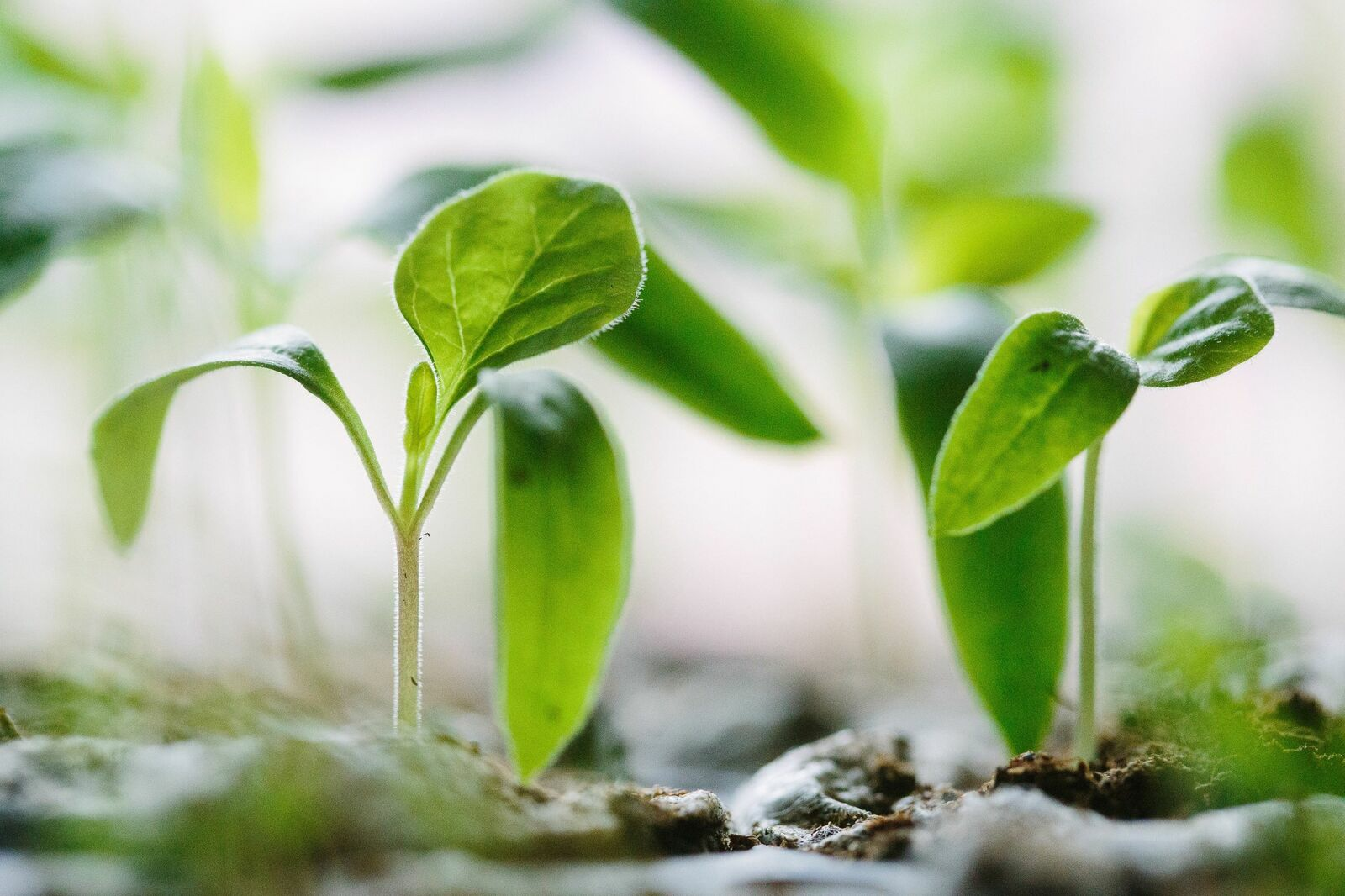
Cultivation or Direct Sowing: When and Which Vegetables to Propagate?
In spring, we amateur gardeners have our hands full: Bed preparations, maintenance work and the first sowings are on the agenda. To make the most of the gardening year, it is crucial that the young plants are ready at the right time. When it comes to growing young plants, you are spoilt for choice: do you want to sow directly into the bed or would you prefer to pre-grow your plants indoors? To make your decision easier, you can find out everything you need to know about the two sowing methods and which plants are suitable for each here.
This Article Contains:
- Propagating Vegetable Plants: Advantages of Pre-Cultivation
- Which Vegetables Need to Be Preplanted?
- When to Sow Seeds for Vegetables Seedlings?
- Pre-cultivation of Vegetables: What You Need to Know
- Direct Sowing and Its Advantages
- Suitable Plants for Direct Sowing
- What You Should Consider When Direct Sowing
- FAQ
Quick Overview
Growing Your Own Vegetable Seedlings Pays Off
- Earlier sowing possible
- Protection of young plants from snails & competition from wild herbs
- More economical use of seeds
- Growing conditions are easier to influence
Advantages of Direct Seeding
- Plants become more robust
- The roots are not damaged by transplanting
- The connection between the young plant and the soil remains intact
Which Vegetables Should I Sow Directly?
- Especially plants with sensitive roots, including root vegetables such as carrots, beetroot and radishes.
- Beans and peas
- In principle, almost any vegetable can be sown directly in beds
Propagating Vegetable Plants: Advantages of Pre-Cultivation
When pre-cultivating indoors, you can influence the growing conditions to give the seedlings a good start. For example, you can use Special Potting Compost that is relatively lean. This promotes root formation in the young plants, as they have to develop more space in their search for nutrients. There is also a relatively constant temperature in the house, which is particularly important for plants with a high germination temperature. Pre-growing vegetable plants can have even more advantages and can be useful depending on the crop and region. You can find all the advantages of propagation below.
Earlier Sowing and Harvesting
If you pre-grow your plants in a warm house on the windowsill, you can start sowing before the last frosts. In a warm spot, your tender young plants will be protected from the cold and won't suffer any damage. Early sowing also allows you to harvest earlier. This extends the growing season, which makes it possible to harvest particularly heat-loving crops such as peppers and tomatoes. You can find out how to preplant tomatoes and what you need to bear in mind here.
Protection Against Pests and Weeds
The protective four walls not only protect your seedlings from the cold, but also from pests and wild herbs. In an unprotected vegetable patch, young plants are often a tasty morsel for snails and could also quickly be overgrown by wild herbs. As soon as your plants are larger, they will be better able to hold their own against other plants and establish themselves in the vegetable patch.
Save Seeds
You can use your seeds much more sparingly when pre-growing. They cannot be blown away, washed away or snatched by birds. In addition, you don't sow generously in rows, but rather selectively in seed trays or pots. Alternatively, You Can Also Make Soil Pots With a Soil Baler for Plastic-Free Cultivation.
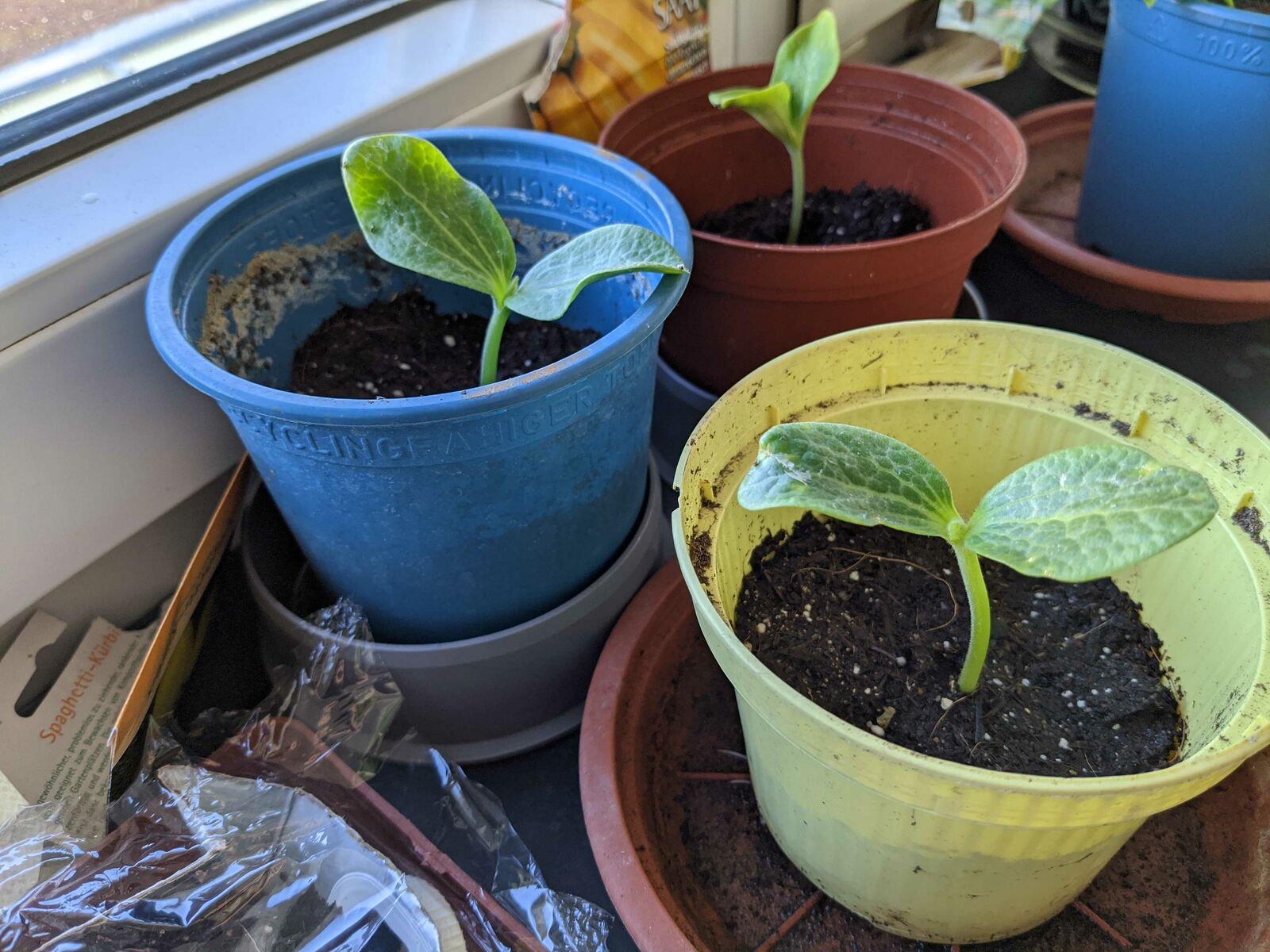
Which Vegetables Need to Be Preplanted?
It is particularly worthwhile to propagate slow-growing and heat-loving plants indoors. They require a relatively high germination temperature and can make good use of the extended growth phase. These include nightshade plants (tomatoes, aubergines, peppers, etc.) and pumpkin plants (courgettes, cucumbers, melons, etc.). You Can Find More Tips and Instructions for Growing Peppers and Chillies in This Article.
Various types of cabbage (head cabbage, Brussels sprouts, kohlrabi, etc.) also benefit from early sowing indoors, as they grow relatively slowly. As soon as it is warm enough outside, they can be planted out in the bed to make the most of the summer! As the tender leaves of young lettuce are often eaten by snails, lettuce is also often grown in advance. Unlike the nightshade and pumpkin plants, however, it is not absolutely necessary to pre-grow the plants. There can also be advantages to sowing these plants directly.

Get More Information in Our Library
In our library you will find information on the individual varieties with cultivation periods, tips on sowing, planting and harvesting. You will also find good and bad companion plants to help you plan a mixed crop.
View Library NowWhen to Sow Seeds for Vegetables Seedlings?
Most seed packets indicate the optimum time for sowing indoors and outdoors. For most plants, you can start growing indoors in early to mid-March so that the plants can be planted outdoors after the Ice Saints in mid-May. If you don't have time to grow your own vegetable plants this year, you can of course always buy young plants from the market, gardener or garden centre.
Pre-cultivation of Vegetables: What You Need to Know
Make Sure There Is Enough Light
When pre-cultivated in a protected room, the plants may become very weak due to a lack of stimuli. If they do not get enough light, for example, they will grow unnecessarily tall and will not be able to bear their leaves later on with their unstable shoots. So make sure they get enough light! If you only have a few bright spots available, you can also use special UV lamps to help. You Can Find out More About Plant Lamps for Growing Plants in This Article.
Watch the Temperature
When choosing a location, you should also make sure that it is not too warm. In this case, the motto ‘a lot helps a lot’ does not apply. The plants should not be placed on a radiator, as the soil would dry out too quickly. A bright spot on the windowsill at a moderate room temperature is completely sufficient for growing!
Ensure Sufficient Moisture
This brings us directly to the next and very important point: sufficient moisture. Especially in the germination and early development phase, you should always ensure sufficient moisture. If the soil dries out repeatedly, the seeds cannot germinate properly. In addition, a lack of water can very quickly cost a tender young plant its life.
You can find Everything You Need to Know about Growing Vegetable Plants in this article. We give you numerous tips on how to successfully grow healthy seedlings.
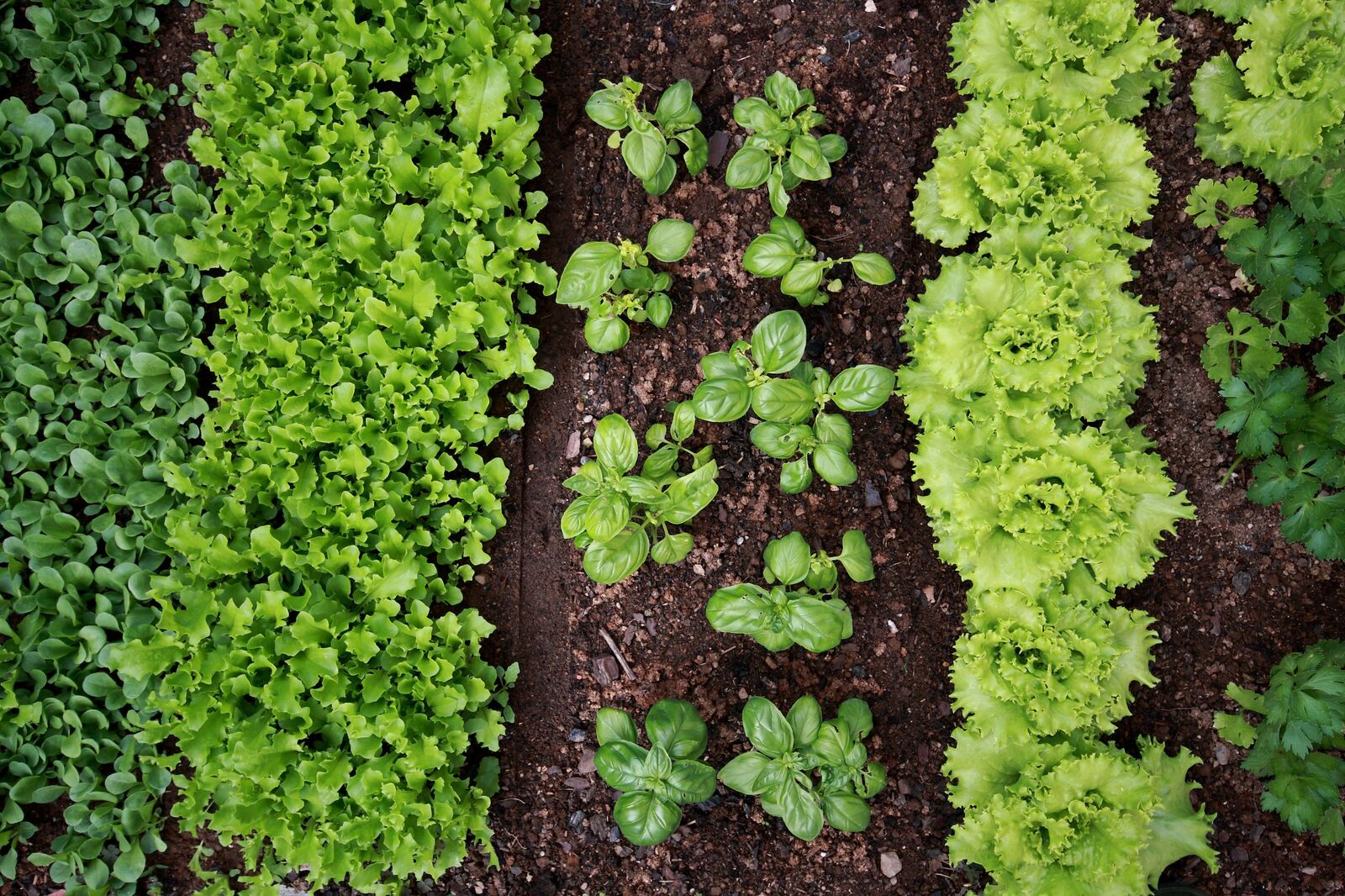
Direct Sowing and Its Advantages
Direct sowing also has its advantages. You can find out what these are and which vegetable plants are better sown directly below.
More Robust Plants
Direct-sown plants are generally more robust; they are hardened by a wide range of environmental influences. The wind, for example, ensures that the plants grow more stably due to the constant stimulus. The robust young plants are also less susceptible to pests (e.g. aphids) in comparison, they just must not fall victim to snails.
No Pricking or Transplanting
What also speaks in favour of direct sowing is the stress factor that arises when transplanting. Transplanting always means stress for plants! In nature, a change of location is actually only intended for the seed. It is carried away by animals or the wind to germinate in another place. Once the seed has sprouted and taken root, it has no reason to move, as the growing conditions appear to be suitable. The change of location is therefore only due to human intervention and not only damages the roots, but also tears the young plant out of its familiar environment.
Consistent Growth
A diverse flora of bacteria, fungi and other microorganisms lives in the soil. This flora can support the germination of seeds. When the seed sprouts, it automatically connects to the complex network in the soil. If the plant is then moved to another location, these connections are severed. The plant must then re-establish such connections in its new location in order to grow well. You have probably observed this before when planting young plants. At first the plants seem out of place, but after a few days you notice how they seem to connect with their surroundings and become stronger. Some plants manage to form new connections, but others are too weakened and die.
Our tip: Direct sowing saves you time anyway. With a Seed Tape, you can make your direct sowing even easier and more effortless. You can find out how to make your own seed tape in this article.
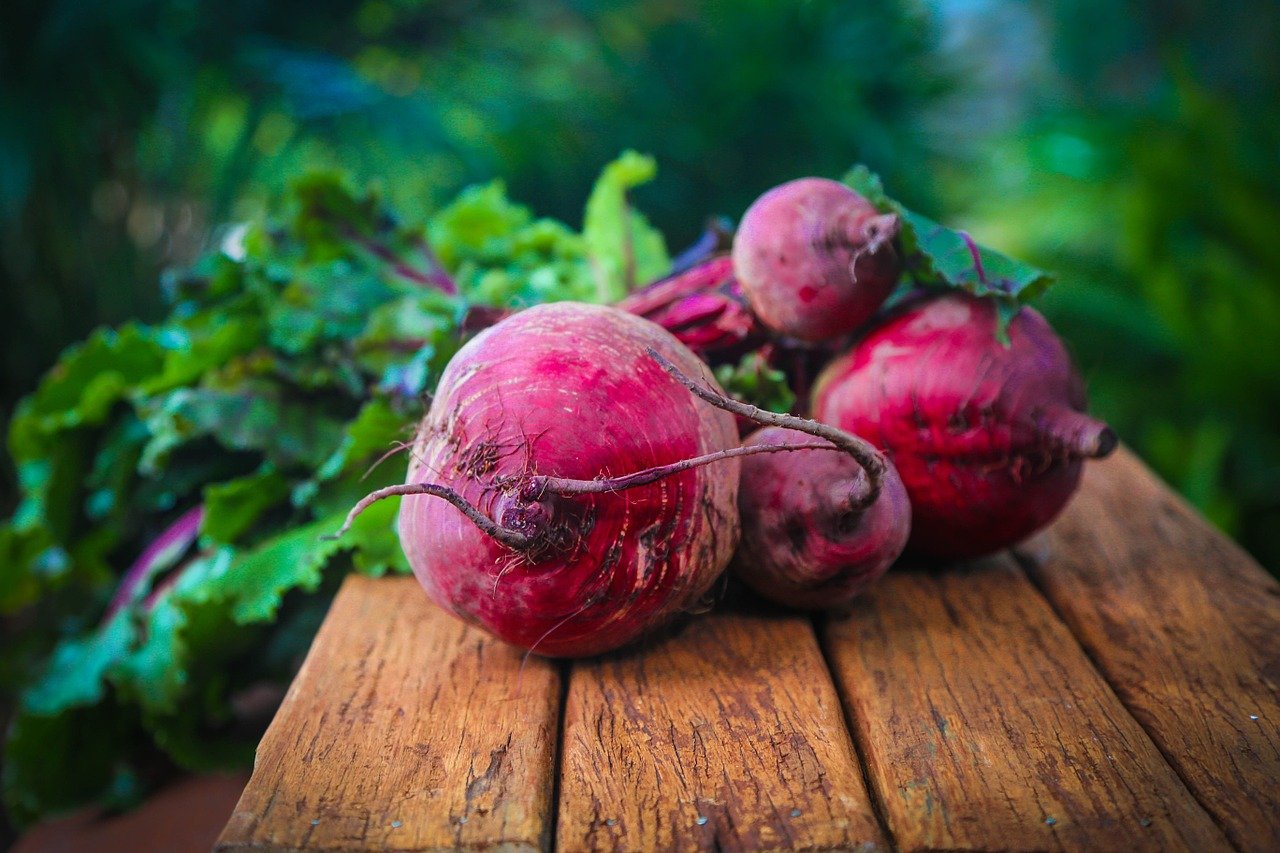
Suitable Plants for Direct Sowing
There are plants that should definitely be sown directly, as they have very sensitive roots. Transplanting would damage the roots and weaken the plant to an extreme degree. These include root vegetables such as carrots, beetroot and radishes. But beans and peas also thrive better when sown directly into the bed. You can find Tips on Sowing and Propagating Peas Here in this article. This is because they form a symbiosis with nitrogen-fixing bacteria in the soil. Legumes can only form this bond later when they are grown in advance. Pre-sowing is generally possible with lettuce and has advantages if you have to deal with a lot of snails in your beds. However, direct-sown lettuce is less prone to bolting. In general, most crops are suitable for direct sowing in the bed. Only slow-growing plants and those with a high germination temperature are worth growing indoors.
What You Should Consider When Direct Sowing
With these tips, you'll be well on your way to a rich harvest!
Ensure Sufficient Humidity
Even with direct sowing, sufficient moisture is essential during the germination phase! So make sure that your fresh seeds never dry out.
Protect Seeds With a Garden Fleece
If you want to sow directly into the bed despite cooler temperatures, you can use special garden fleece. The fleece has an insulating function and can thus create a favourable microclimate for germination. After sowing, you should regularly check whether germination has started and remove the fleece in good time so that the young plants can develop properly.
Press Seeds Well
To minimise seed loss, you should press the seeds down firmly. This is particularly important for light sprouts (e.g. lettuce), as the seeds are not covered with soil, but laid open on the ground. Additional bird netting can be helpful here to ensure that your seeds survive until germination and are not nibbled.
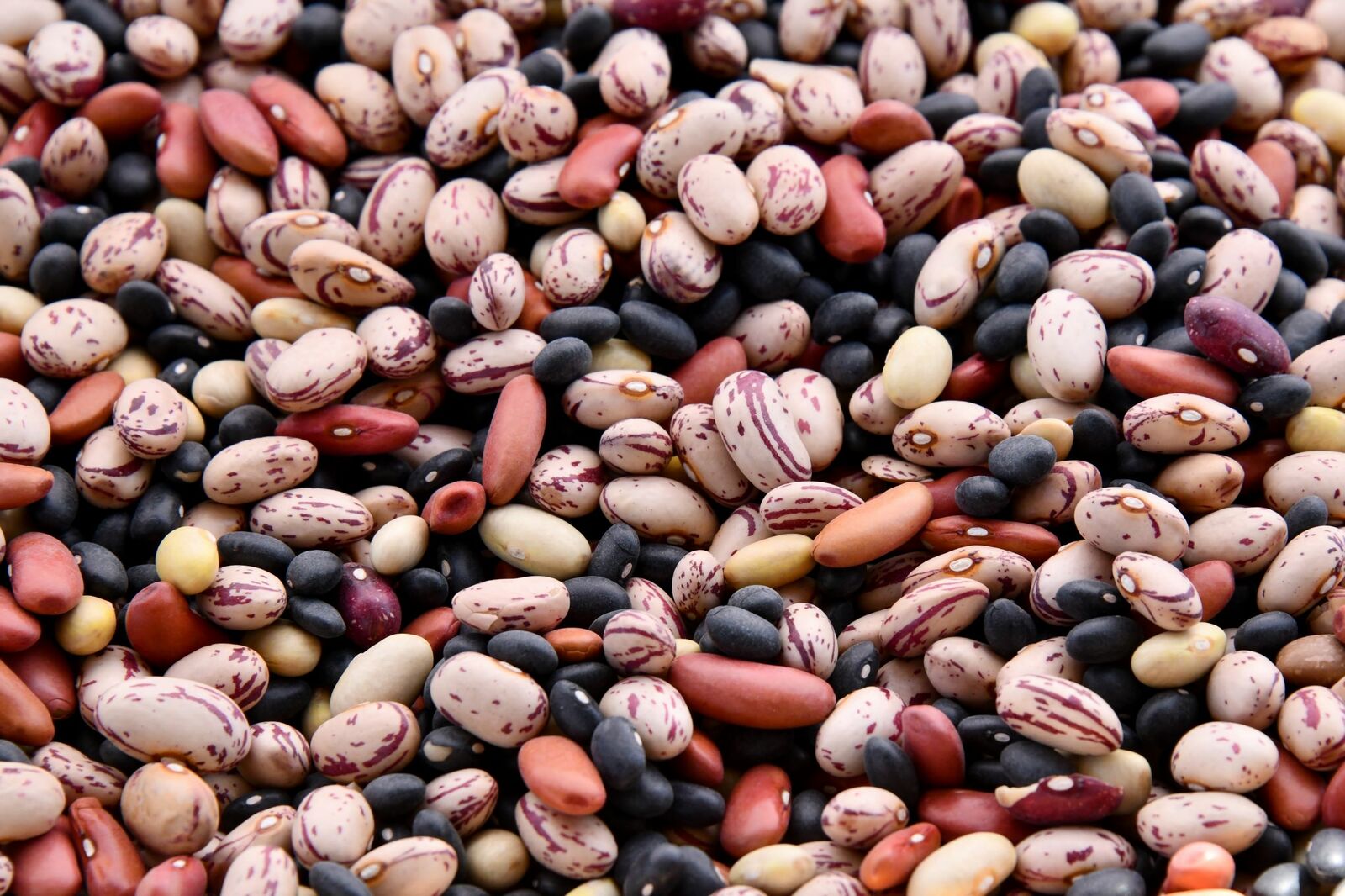
Whether pre-grown or direct sown, each of the two methods has its advantages and disadvantages. Ultimately, it depends on the plant chosen as to whether it is worth growing indoors or not.
If you have any questions or comments, please write to us at [email protected]. Would you like to receive helpful gardening tips all year round and plan your own beds optimally? Then register here or download the Fryd app for Android or iOS.
Fryd - your digital bed planner

Annabell
Annabell is studying agricultural biology at the University of Hohenheim. She also enjoys gardening in her private life, spends a lot of time in nature and loves to be creative.
Learn MoreCurrent Topics in the Community
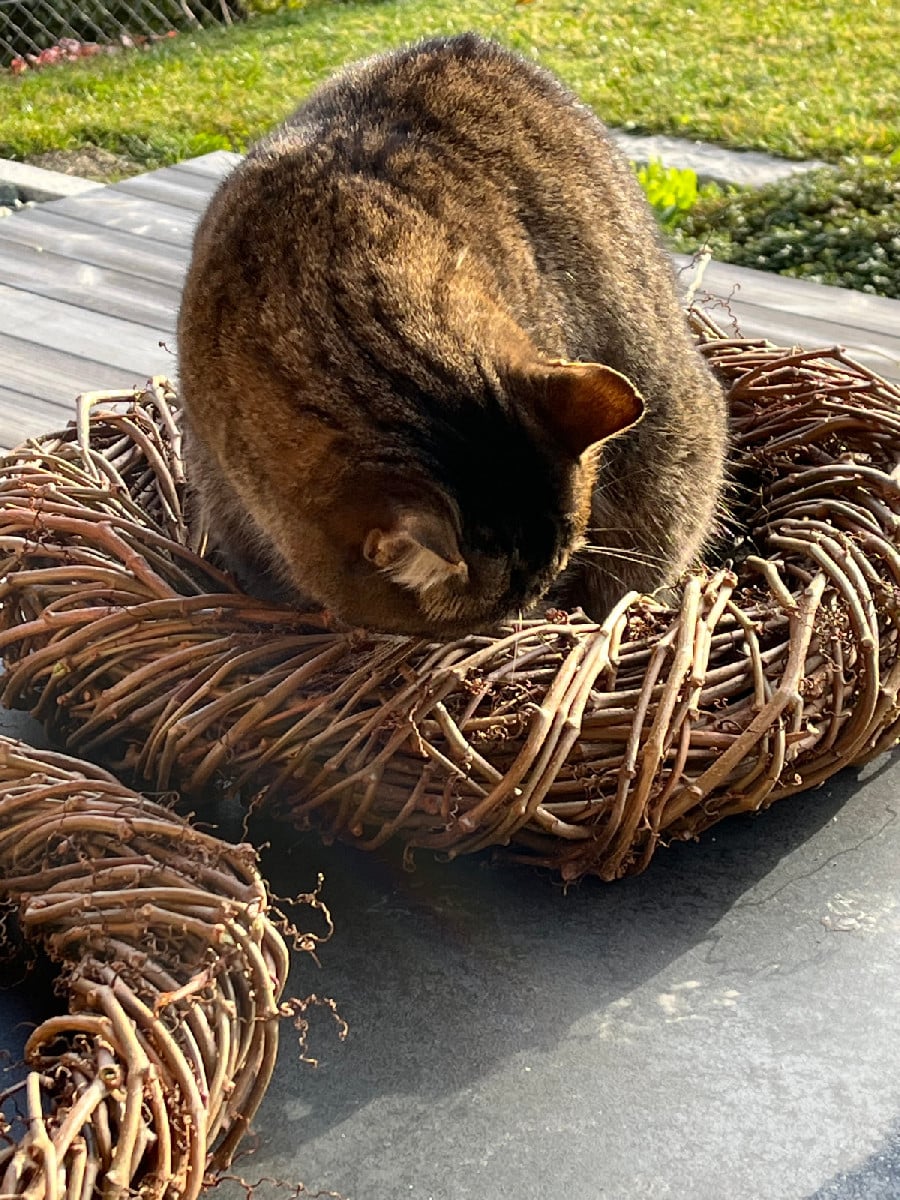
Liked 4 times
We seem to have slightly different ideas about an Advent wreath 😂😂
Show 3 answers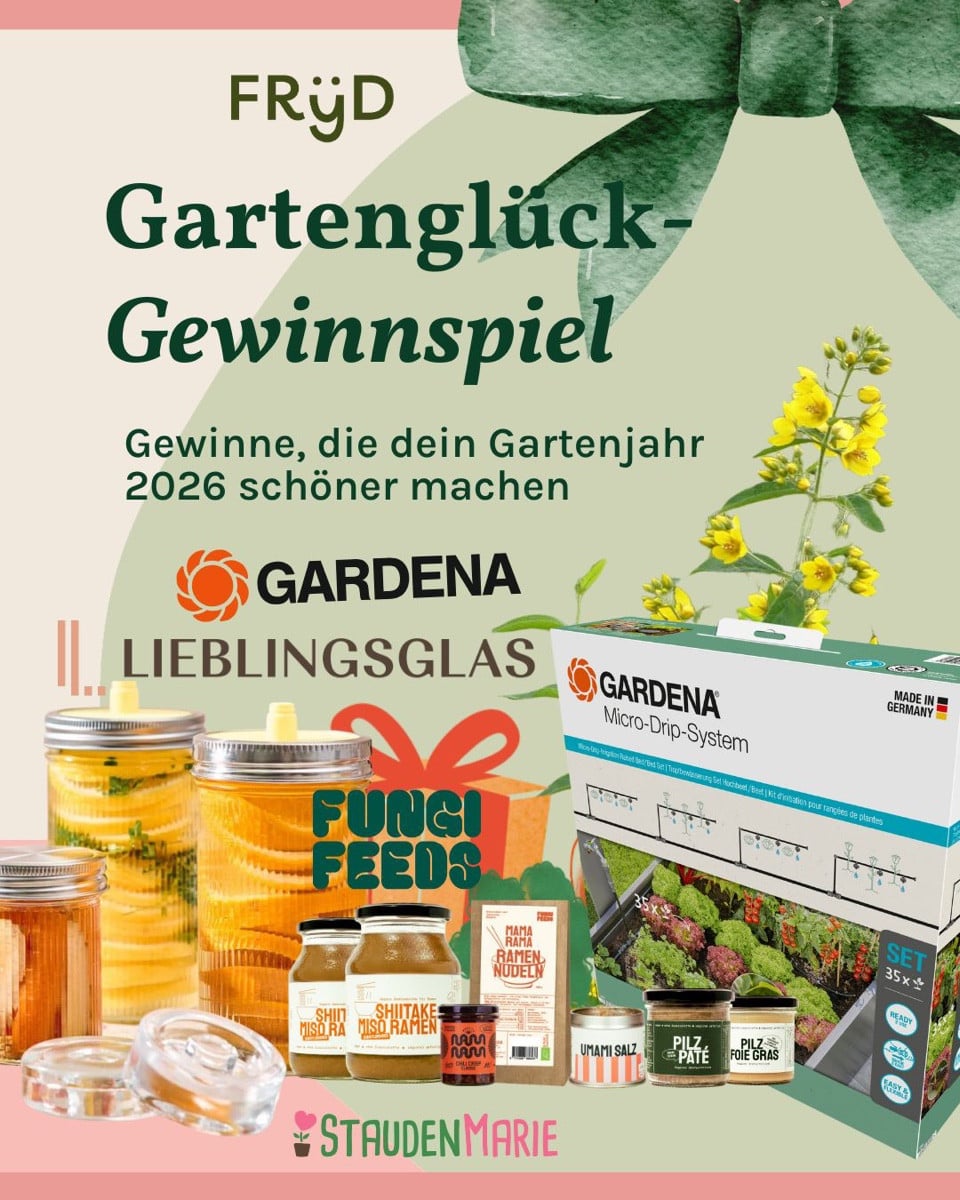
Liked 13 times
🎄 December in the Fryd Gartencommunity❄️ Hello dear community, We are looking forward to December with you and would like to thank you for the gardening year together. Thank you for being part of our community. 🌟 As a thank you, we have thought of something for December. There's a whole package of prizes to be won to help you through the gardening year. From 03.12.-17.12. you can win the individual prizes in our Instagram competition: https://www.instagram.com/p/DRz5J0_CP1m/?img_index=1 On 17.12. our December challenge will start here in the community, where you can win a package with all the prizes. 🎁 You can win on Instagram: ✨Träumen & Planen : On 7.12. we are giving away two vouchers for the StaudenMarie online shop 🌱Planting & caring: On 10.12. we are giving away two Gardena Micro-Drip systems 🫙Making it last: On 14.12. we are giving away two Lieblingsglas Fermenting Set | Basic 🍜Enjoy : On 17.12. we are giving away two Fungifeeds enjoyment packages (Package 1: Organic Spread Bundle - Mushroom Paté & Mushroom Fois Gras & Organic Umami Salt; Package 2: Shiitake Miso Ramen Bundle) 💚 The challenge starts on 17.12 in the Fryd app. The prize consists of: 1x StaudenMarie online store voucher ✨, 1x Gardena Micro-Drip-System 🌱💧, 1x Fermentation Set | Basic 🫙and Creamy Tonkotsu Style Mushroom Ramen from Fungifeeds 🍜 On top of that, there's a Super Fryd Lifetime subscription. We're keeping our fingers crossed for everyone and wish you a wonderful Advent season💫
Show 3 answers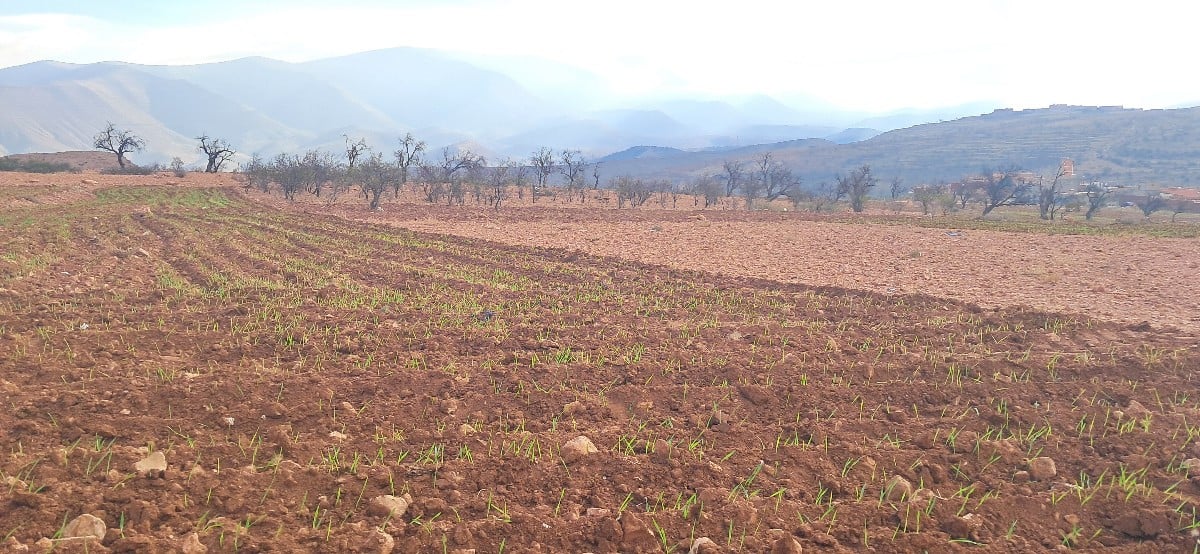
Liked 14 times
These are barley seeds starting to sprout in the Atlas Mountains of Morocco, the weather right now is cool and suitable for them, there is no irrigation system in this fields, all depending on rain to grow. We had continues 7 years of droughts, hopefully it will end this year.
Show 7 answersPopular Articles

Overwintering Parsley: How to Do It Successfully

How to Grow Lettuce in Winter: Varieties, Sowing, Harvesting

Growing Sage Plant: Tips for Sowing and Harvesting

What Herbs Can Be Planted Together?

Create & Design a Permaculture Garden

Overwintering Plants: Tubs, Pots and Raised Beds

Pruning, Fertilizing & Propagating Currants: Care Tips

Pruning Raspberries: How to Do It

Vegetable Garden With Greenhouse: How to Use Greenhouse Effect

Winterizing Beds and the Garden: How to Do It
FAQ
Why should you propagate vegetable plants?
Pre-planting enables earlier sowing and thus harvesting, protection against pests and weeds, more economical use of seeds and better control over the growing conditions.
Which vegetables are suitable for propagating?
Nightshade plants such as tomatoes, peppers, aubergines and pumpkins are particularly suitable for propagation due to their need for warmth.
What are the advantages of direct sowing?
Plants that are sown directly develop more robustly, their roots are not damaged and the connection to the soil is maintained.
Which plants should be sown directly into the bed?
Plants with sensitive roots such as carrots, beetroot and radishes as well as beans and peas are particularly suitable for direct sowing.